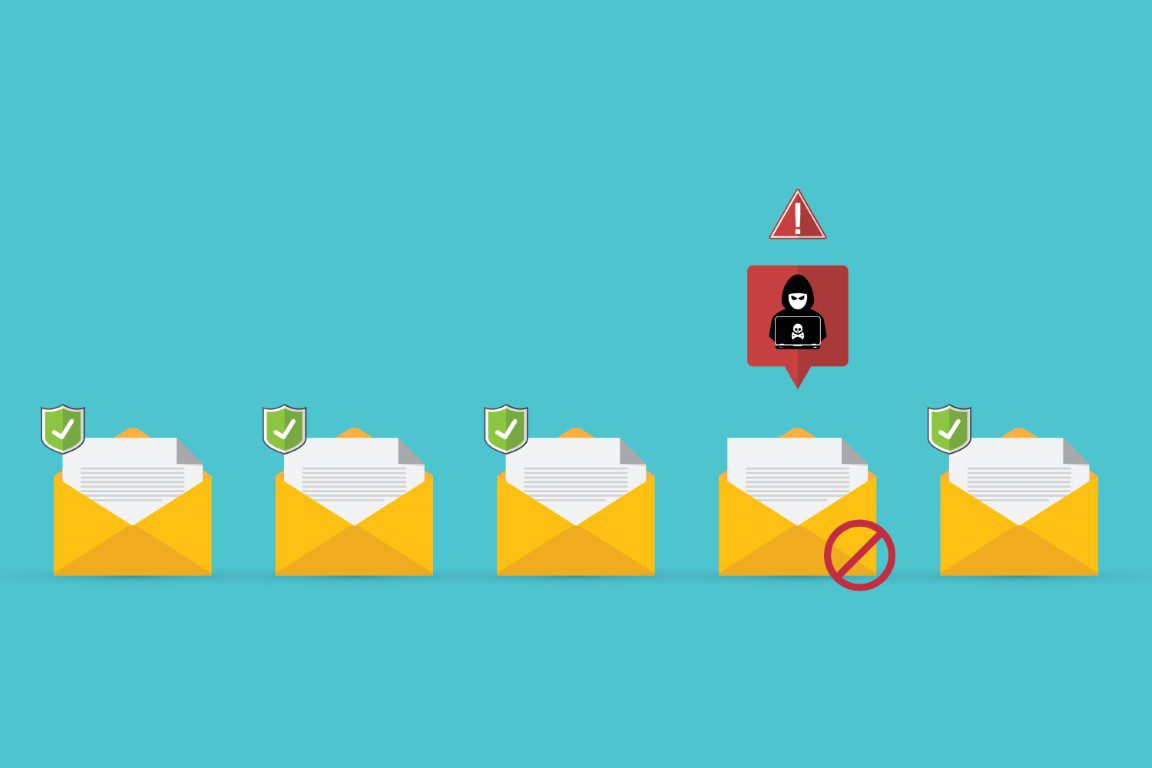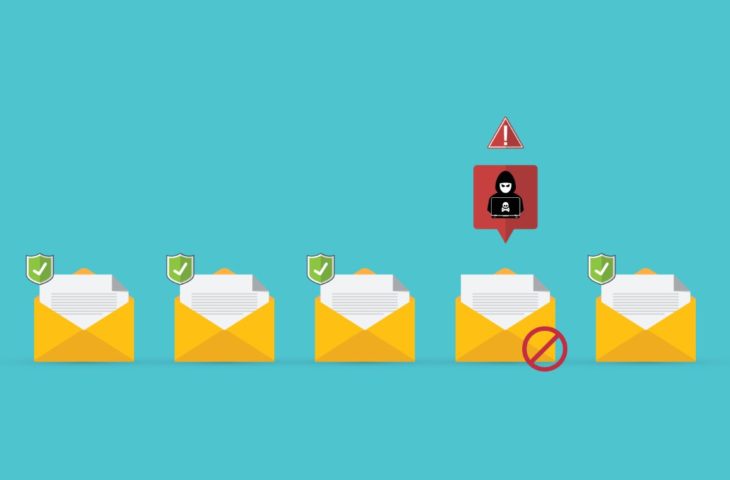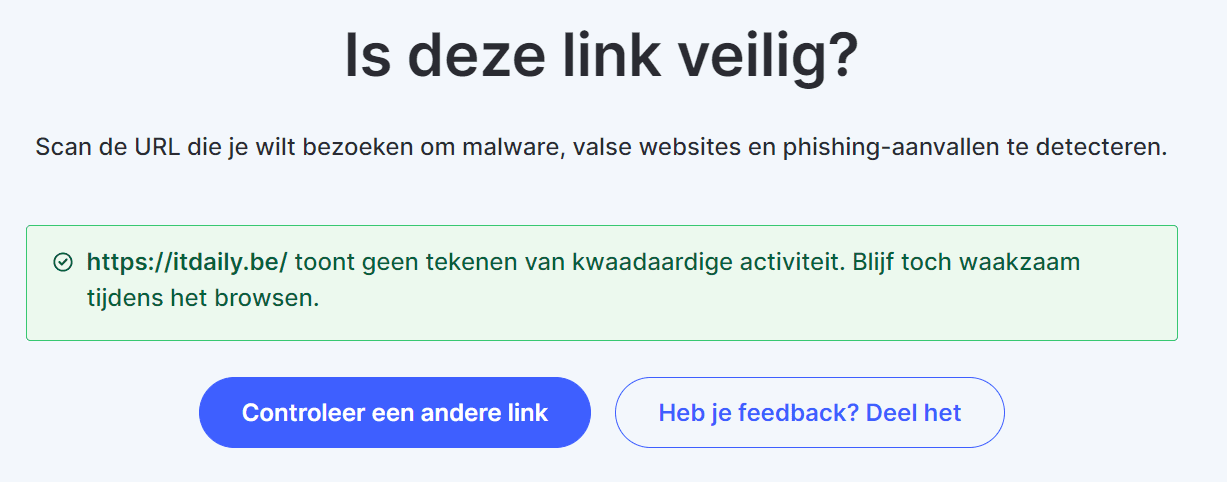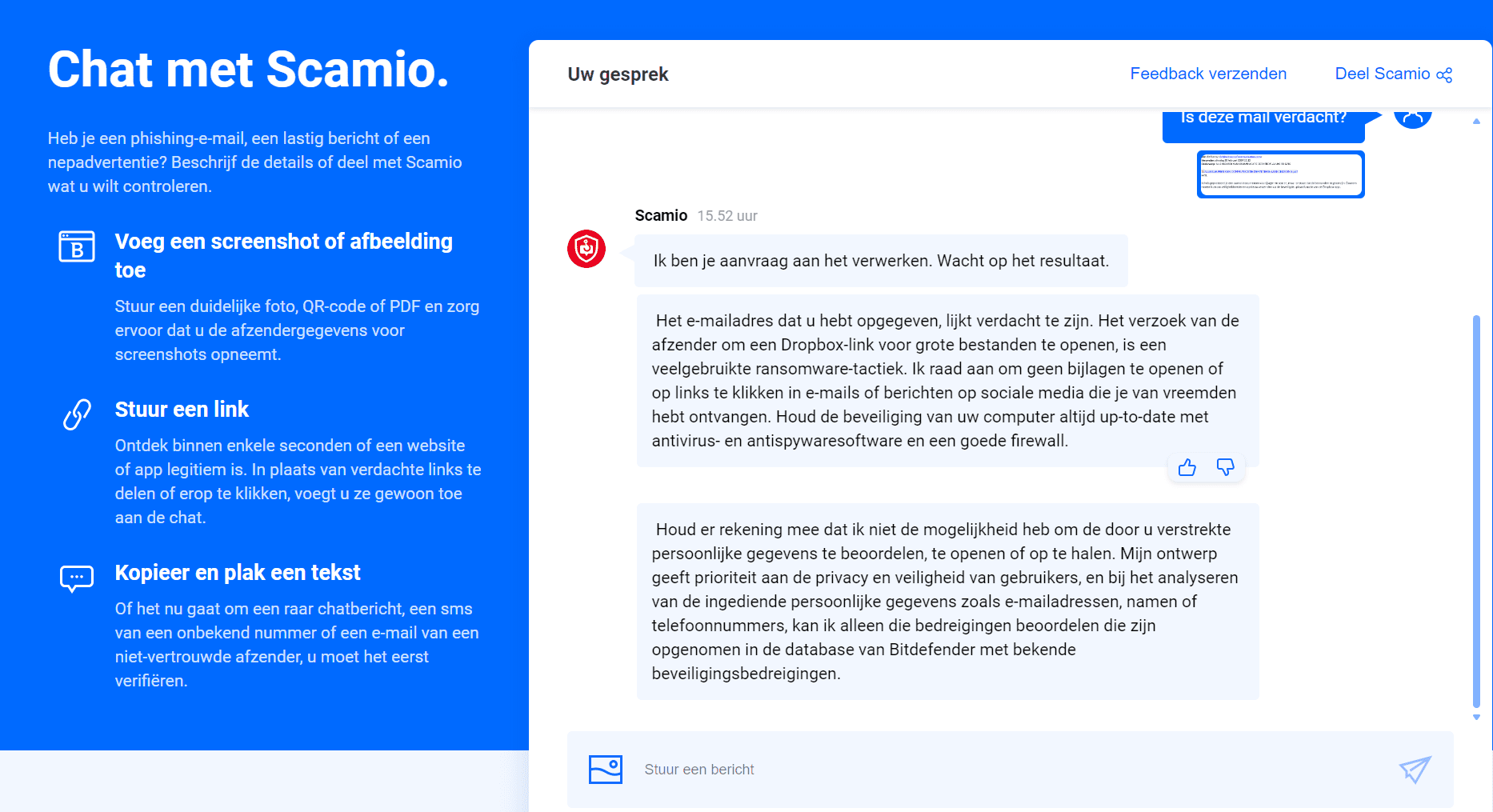How do you check if a link is reliable?
- February 21, 2024
- 0
Some phishing emails are so well constructed that they cast doubt on their credibility. Digital tools can help you analyze malicious data. Most phishing techniques can be quickly
Some phishing emails are so well constructed that they cast doubt on their credibility. Digital tools can help you analyze malicious data. Most phishing techniques can be quickly


Some phishing emails are so well constructed that they cast doubt on their credibility. Digital tools can help you analyze malicious data.
Most phishing techniques can be quickly identified, for example, based on strange characters in the email address or spelling errors. Nevertheless, hackers are increasingly able to make phishing emails relatively credible, which raises doubts. Fortunately, there are free digital tools that analyze suspicious links or documents for malicious data. What tools are there and how good are they?
There are many tools that work in different ways. The principle is usually the same: you surf the website, enter the suspicious web address or document and the tool analyzes it for malicious data. You will then see the verdict.
One of the newest tools is Link Checker from NordVPN. This tool is an easy way to check suspicious links. You enter the link using the form, which is then analyzed by the tool for malware. This tool is completely free and does not require an account. Be careful not to accidentally click on the link when copying and pasting. If you are a bit clumsy with this, then the next tool will be more interesting for you.

Bitdefender’s AI-powered chatbot, Scamio, offers slightly more flexibility than Link Checker. This tool can analyze a web address, a screenshot of a QR code or email, and even a screenshot of a link. This way, you reduce the risk of accidentally clicking on a malicious link. You need to create an account for this tool, but it is free.

Most tools are based on databases or machine learning, but the output always remains an “opinion”. We tested the above tools on some reliable emails and spam messages. In our testing, these tools provided the right feedback. However, it is important not to immediately accept the output as true. If you have persistent doubts, compare the analyzes of different tools. If you don’t want to rely exclusively on digital tools, it is still advisable to contact the agency behind the sender and check whether they send such emails.
Source: IT Daily
As an experienced journalist and author, Mary has been reporting on the latest news and trends for over 5 years. With a passion for uncovering the stories behind the headlines, Mary has earned a reputation as a trusted voice in the world of journalism. Her writing style is insightful, engaging and thought-provoking, as she takes a deep dive into the most pressing issues of our time.